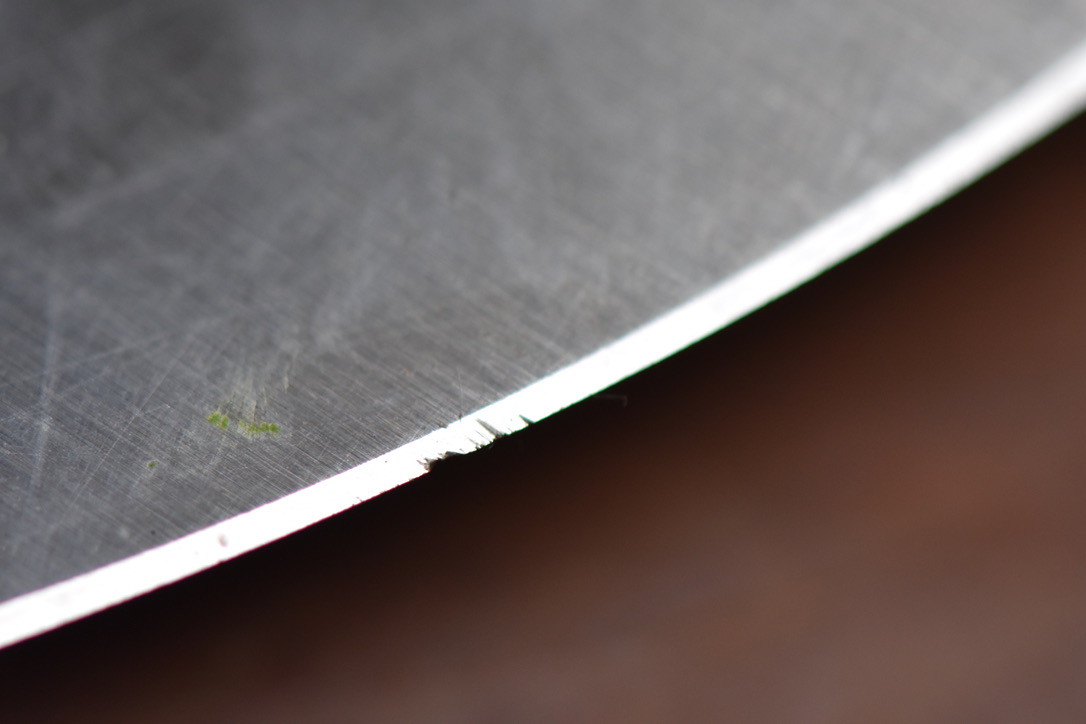BluntCut MetalWorks
Knifemaker / Craftsman / Service Provider
- Joined
- Apr 28, 2012
- Messages
- 3,462
In the last 8-9 years, occasionally I cut rope to test edge durability but hasn't found result useful. Today I decided to keep cutting until edge (15dps this time) no longer slice phonebook paper. Useful data, nah!
BCMW Re-hardened 65rc Walmart $10 Ozark Trail D2 60rc Knife - 15dps edge, Rope Cutting Test (video link: youtu.be/Z67KapEBMOg)

Your take?
BCMW Re-hardened 65rc Walmart $10 Ozark Trail D2 60rc Knife - 15dps edge, Rope Cutting Test (video link: youtu.be/Z67KapEBMOg)

Your take?



